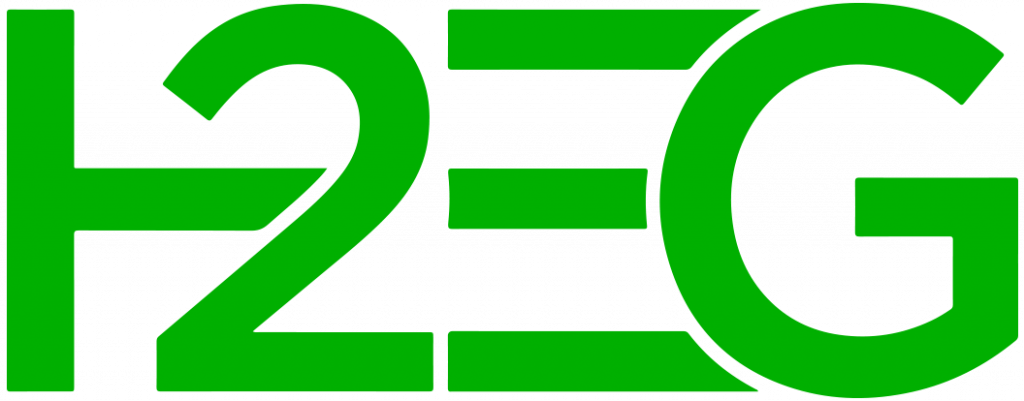
The helium-filled hull provides space for lightweight hydrogen storage tanks and ZeroAvia’s certified fuel cell system, enabling hydrogen storage without compromising payload while reducing maintenance costs.
It combines aerostatic lift, aerodynamic lift, and vectored thrust to deliver a 10-tonne payload and a range of up to 4,000 miles. Initially, the model will be powered by four diesel engines.
However, the design remains at an early stage. During test flights in Bedfordshire, UK, between 2016 and 2017, early prototypes were involved in incidents – including a nose-first landing, though no injuries were reported, and a ground collapse.
Nevertheless, HAV’s Tom Grundy said the company’s intention was always to offer customers a “full zero-emission variant of the Airlander, for efficiency and environmental reasons.”
Val Miftakhov, Founder and CEO at ZeroAvia, added that the deal with HAV opens up “a whole new market in air travel.”
The CEO said, “These are two businesses expanding UK footprints and manufacturing plans, with a broad array of strong use cases, including in the defence arena.”
The UK aviator’s ZA600 system has conducted multiple flight tests, including a recent 250-mile flight at its Gloucestershire R&D centre.
The partners plan to explore how the powertrain could be adapted for larger Airlander variants, in addition to evaluating hydrogen production and refuelling infrastructure.
Stay ahead with a H2 View subscription
Gain access to the insights, data, and analysis trusted by hydrogen professionals worldwide.
With a H2 View subscription, you get:
- Unlimited access to 15,000+ articles
- Monthly digital magazine + H2 Review
- Exclusive interviews, webinars and reports
- Expert analysis shaping the hydrogen conversation

